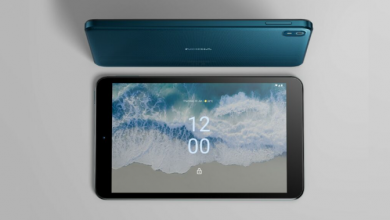
It’s official: Starlink satellites disrupt astronomy and other services
The satellites of Starlink, SpaceX’s satellite internet service, have received “scientific proof” of their negative impact on astronomy and other services that rely on equipment in Earth orbit. The study on the impact was published in Astronomy & Astrophysics, but it’s not just Starlink that problemases it. To be fair, the amount of space junk also affects SpaceX’s internet.
The FTC’s decision added to the concern and sparked yet another complaint from astronomers about the excess of satellites in low Earth orbit (LEO), which comprises the altitude of 500 km to 1,000 km.
The difference is that before there was no published study on the case, but reports and images of observations from ground-based telescopes that received “photobombs” from Starlink’s satellites.
The situation tends to get worse not only for astronomers, but also for GPS and telecommunications services, for example — and the fault lies not only with Starlink’s stars, but with other satellite internet services as well.
Starlink satellites are operating on unauthorized frequencies
In the paper published in Astronomy & Astrophysics, 47 of the 68 Starlink satellites observed by the researchers were emitting signals at frequencies from which they were not authorized.
In this case, SpaceX’s “security measures” to prevent satellites from appearing in images is negligible, since the problem of unauthorized frequencies affects radio astronomy — a branch that studies radio signals emitted by celestial bodies.
As Cees Bassa, astronomer co-author of the study, explained, among the frequencies emitted by satellites is the band between 150.05 and 153 MHz, which is reserved by the International Telecommunication Union (UN body) for use in radio astronomy.
As much as other companies – OneWeb and HughesNet, for example – also operate in this branch that affects astronomical observations, the “leader of the ranking” is Starlink because of its thousands of satellites. “The larger the constellation, the emissions add up,” explained radio astronomy researcher Benjamin Winkel.
The glut of satellites and space junk in low-Earth orbit also impacts Starlink’s operations—the leader in affecting astronomical observations. SpaceX showed the FCC that it conducted more than 25,000 maneuvers with its satellites to avoid collisions between December 2022 and May 2023.
The number is double that of the same period (December 2021 to May 2022). SpaceX performs a maneuver if the risk of collision is 1 in 100,000 — while NASA adopts the change if the risk is 1 in 10,000.
Unfortunately, the forecast is that it will get bad for everyone: researchers on the ground and companies that operate satellites. The number of objects in LEO is expected to be between 100,000 and 500,000. yes, we’re running out of space.




